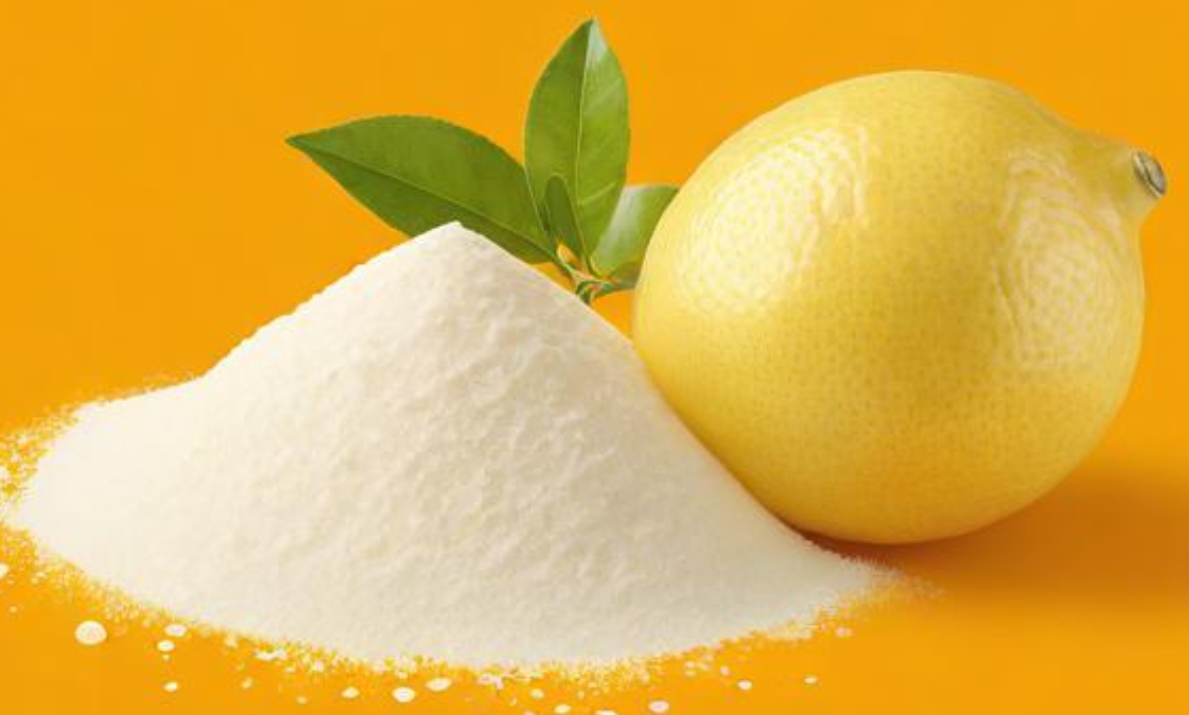
Introduction
Citric acid, with its sour taste and distinctive properties, is a staple ingredient in many food products. Derived primarily from citrus fruits like lemons and limes, this organic acid also finds synthetic production routes to meet the high demand in the food industry. Its versatility and multifaceted benefits make it a preferred choice for manufacturers seeking to improve food quality, safety, and taste.
Properties of Citric Acid
Sour Taste: Citric acid is known for its tangy, sour flavor, which is ideal for enhancing the taste profile of various foods.
Acidity: As a weak organic acid, it helps to regulate the pH level of food products, making them more stable and preserving their freshness.
Chelating Agent: Citric acid has the ability to bind with metals, such as iron and copper, preventing them from catalyzing oxidative reactions that can spoil food.
Antioxidant: It acts as an antioxidant, protecting food from oxidative damage and extending its shelf life.
Solubility: Highly soluble in water, it easily integrates into food formulations without leaving undissolved particles.
Applications in the Food Industry
Preservation: By lowering the pH of food, citric acid creates an environment hostile to microorganisms, thereby inhibiting their growth and extending the shelf life of food products.
Flavor Enhancement: Its sour taste complements sweet flavors, balancing the overall taste profile of candies, beverages, and baked goods.
Texture Modification: In baking and confectionery, citric acid reacts with baking soda to produce carbon dioxide, causing doughs and batters to rise and giving baked goods a lighter texture.
Chelation and Stabilization: It helps to stabilize food colors and prevent them from fading, maintaining the vibrant appearance of products like jams, jellies, and beverages.
pH Adjustment: Used to adjust the acidity level of foods, ensuring they meet regulatory standards and consumer preferences.
Methods of Use
Direct Addition: Citric acid can be directly added to food formulations during mixing or processing stages.
Solution Preparation: It is often dissolved in water to create a uniform solution before being incorporated into food products.
Concentration Control: The concentration of citric acid used depends on the specific application and desired effect. Manufacturers carefully measure and adjust the amount to ensure optimal results.
pH Testing: Regular pH testing is conducted during production to monitor the acidity level and ensure it meets the required specifications.
Conclusion
Citric acid's unique properties and diverse applications in the food industry underscore its importance as a key ingredient in modern food production. From preserving food freshness and enhancing flavors to modifying textures and stabilizing colors, this versatile acid continues to play a pivotal role in delivering high-quality, safe, and delicious food products to consumers worldwide. As the food industry evolves, the innovative use of citric acid will undoubtedly continue to shape the future of food production and consumption.
